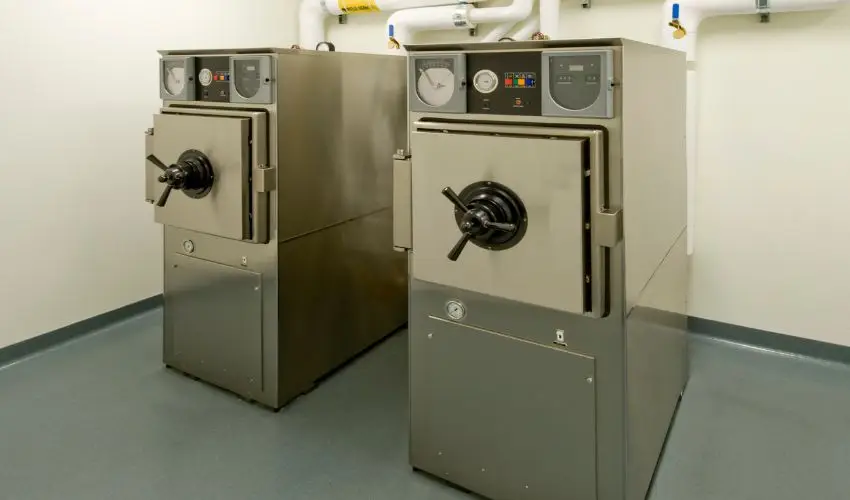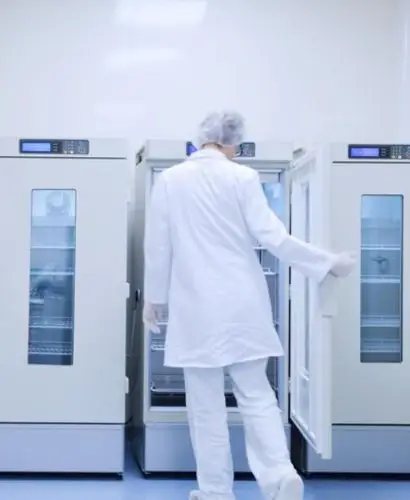Nullam dignissim, ante scelerisque the is euismod fermentum odio sem semper the is erat, a feugiat leo urna eget eros. Duis Aenean a imperdiet risus.
Nullam dignissim, ante scelerisque the is euismod fermentum odio sem semper the is erat, a feugiat leo urna eget eros. Duis Aenean a imperdiet risus.


A vertical autoclave is a device used to sterilize equipment and materials using high-pressure steam, making it essential in medical, laboratory, and research settings. It is typically made of stainless steel for durability and resistance to corrosion, ensuring it can withstand high temperatures and frequent use. The autoclave operates at temperatures between 121°C to 135°C and pressures of 15-30 psi, which are necessary for effective sterilization. It features a user-friendly control panel to set and monitor temperature, pressure, and sterilization time, usually lasting 15-60 minutes. The vertical design saves space while offering a chamber capacity measured in liters to accommodate various load sizes.
Vertical autoclaves are widely used in various industries and settings for sterilization purposes. They are particularly beneficial in medical, laboratory, and research environments, where ensuring the complete elimination of microorganisms is critical.
 Some Question
Some Question